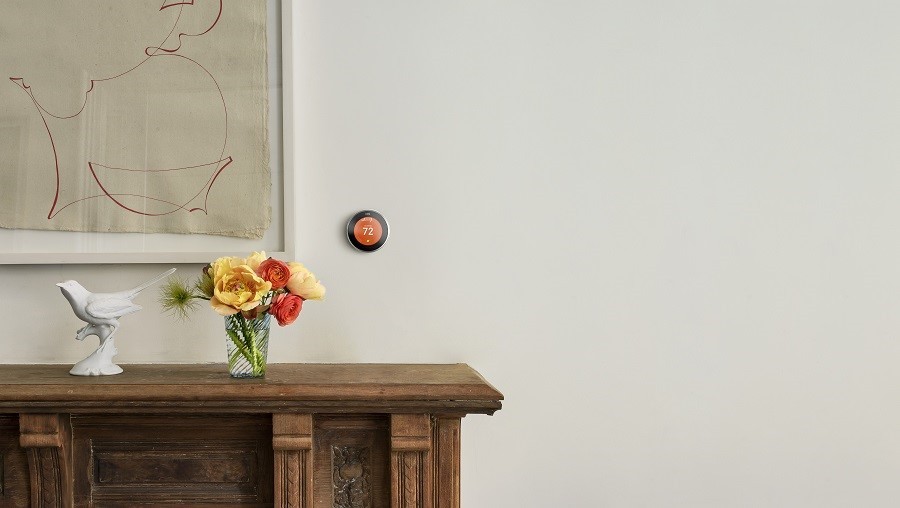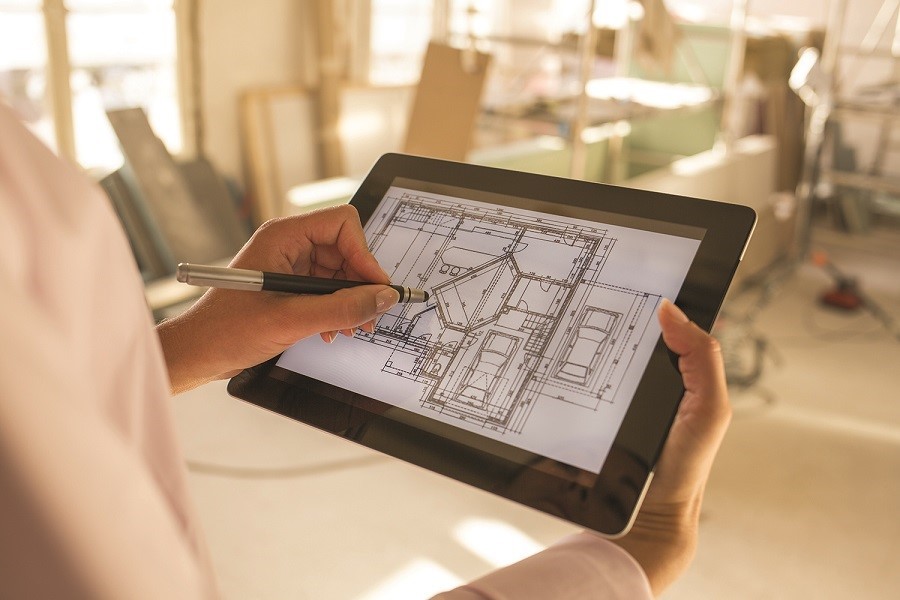Homeowners these days are installing smart automation systems into their residences and homebuyers want them already in place upon purchasing their new house. This means an architect has to know the ins and outs of smart home control before getting started. But with new technology and additions piling up, it can feel overwhelming. We’ve listed out below how to get started with a smart home system, so that Fort Worth, TX architects won’t miss a beat in the ways of new automation technology.
Home Automation
A smart home system controls, essentially, whatever you need it to control. Integrated technology allows you to remotely control any part of the home – lights, security, climate – you name it. So for clients who want to make their lives easier and more comfortable, home automation is the key. With the proper installation, they can adjust their motorized shades, lower the temperature, turn on their favorite music or movie, and set the alarm all from one access panel or smart device.
SEE ALSO: THE EASIEST WAY TO CONTROL YOUR SAVANT SMART HOME SYSTEM
Before and After
So does the primary installation happen during or after construction? Like most aspects of construction, it truly depends on your clients. The good news is if you plan accordingly beforehand and have a set idea of what elements and features they want, then you’ll know exactly what to put into place during the building process. If your clients have a problem with visible wiring, then preplanning the design and layout of necessary wiring can help you avoid a blundered final product. No need to open up walls again or carve out more construction time, when it can all be done right the first time with proper planning.
Who to Work With
The luxurious smart home technology of today has greater installation needs than the basics usually require. This means a general electrician might not have the skill or knowledge for installing the tech effectively. It’s beneficial to work with an automation contractor, who can help with the first steps of designing and wiring, all the way to the final project completion. They’ll have expert knowledge on the custom technology and can work with you to make sure everyone is on the same page. Working with an interior designer can also guarantee that the building and construction process is still aligned with what your client’s dream home is.
: Creation of dynamic property EasyBlogSocialButtonExternal::$post is deprecated in



